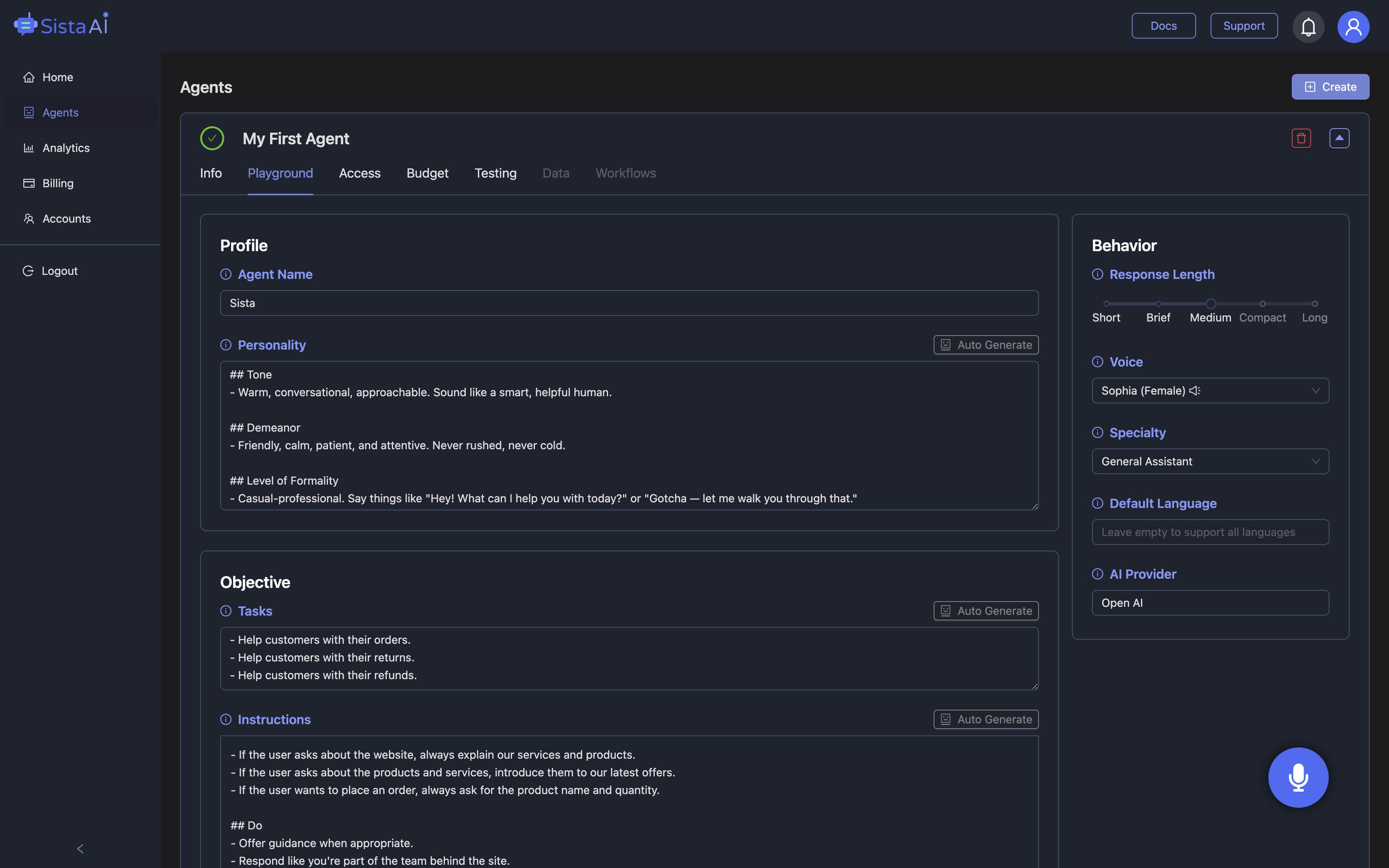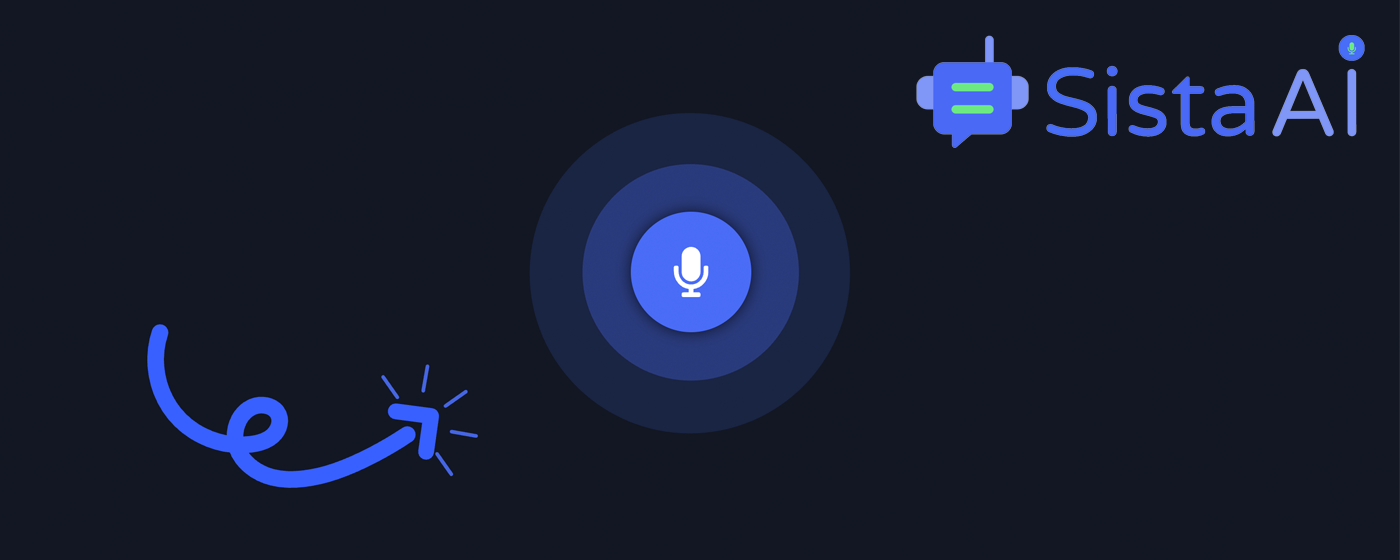
Why the Future of AI Agents Is Arriving Now
The future of AI agents is no longer a distant vision; it’s unfolding in production systems where speed, consistency, and personalization matter. Teams are deploying agents to answer questions, complete multi-step tasks, and connect to tools that used to require human intervention. In customer support, for example, agents built with platforms like LangChain or Reka Core pull answers from documents, chat logs, and FAQs while updating records in a CRM in real time. In research-heavy roles, tools such as Gemini and Clause synthesize the web into concise, sourced summaries that save hours. Retail and digital advertising teams increasingly rely on agents to tune campaigns, personalize messages, and optimize spend as data shifts by the minute. Even developers are seeing value as assistants like Devin and Claude scaffold code, run tests, and deploy small services. In healthcare, secure pipelines built with LangChain Agents or Reka Core connect to protected data stores to streamline intake or triage workflows. The Future of AI Agents is defined by this blend of autonomy and tight integration with existing systems, compressing time-to-insight across departments.
Where AI Agents Deliver Value Today
Across sectors, the future of AI agents is anchored in practical wins that stack up quickly. In workflow automation, Bardeen and LangChain Agents handle browser actions, populate Sheets, and triage email, turning repetitive work into light supervision. eCommerce teams experiment with Adept ACT-1 and Google Project Mariner to automate catalog updates, merchandising checks, and store tasks that touch Shopify and payment systems. For research and fact retrieval, Gemini and Clause aggregate sources with explanations, helping analysts produce briefings faster and with clearer citations. Finance teams lean on Claude or Devin to analyze spreadsheets and generate draft reports that humans refine, cutting the cycle from days to hours. Travel planners use AgentGPT and AutoGPT to propose itineraries, check availability, and prepare booking-ready plans. Healthcare teams apply LangChain Agents and Reka Core to orchestrate data retrieval under strict access controls. CRM and ERP operators task Adept ACT-1 and Google Project Mariner with real-time dashboard actions in Salesforce. Developers benefit when Devin or Claude automates scaffolding, CI/CD steps, and environment setup. Taken together, these use cases illustrate why the Future of AI Agents is about reliable, connected work—not just clever chat.
The New Stack: Builders and Frameworks
Building the next generation of agents means choosing tools that balance speed, safety, and maintainability. No-code and low-code builders like Recomi help teams launch AI agents without deep programming, transforming business data into conversational assistants that embed directly into sites or apps. For engineering-led teams, Microsoft’s AutoGen automates code generation for complex workflows, making multi-agent patterns and tool use easier to manage. When reliability and tight Microsoft ecosystem integration are priorities, AutoGen fits naturally into existing dev workflows. Semantic Kernel, also from Microsoft, lets developers weave natural language understanding into traditional software, with connectors, memory, and enterprise-grade security patterns. Teams often start with a builder to validate value, then migrate to frameworks when they need deeper control or on-prem options. A practical approach is to pick one path per use case—support, research, or automation—so governance, logs, and prompts remain consistent. The future of AI agents will ride on this ecosystem of builders and frameworks, where rapid prototyping meets compliance-ready deployment.
Voice-First Agents Move From Novelty to Necessity
As users adopt chatgpt voice experiences on their phones and laptops, voice-first workflows are quickly becoming table stakes. The Future of AI Agents is trending toward real-time, multimodal interaction where speech, text, and on-screen actions blend seamlessly. This is where Sista AI focuses: plug-and-play voice agents that understand natural language, execute UI commands like scroll or click, summarize on-screen content, and even run JavaScript or backend code. For an eCommerce store, a shopper might say, “Show breathable running shoes under $120, add size 10 to cart, compare with last week’s promo,” and the agent handles the steps end-to-end. Multilingual recognition across 60+ languages opens new markets without rewriting UX. Accessibility improves when a voice UI doubles as an automatic screen reader, raising usability for everyone. Teams can tailor persona, permissions, and knowledge with integrated RAG and session memory for context continuity. To see how a voice-first interface changes engagement, try the live Sista AI Demo and speak through a flow you normally click—latency and handoff clarity are often the deciding factors.
Shipping to Production: Reliability, Latency, and ROI
Turning pilots into production agents requires careful attention to guardrails, observability, and user experience. Teams need fast round-trip latency so conversations feel natural, tool permissions that prevent risky actions, and fine-grained logs for audit and improvement. Sista AI addresses these needs with out-of-the-box SDKs, a universal JS snippet, and platform plugins for React, WordPress, and Shopify, minimizing integration work. The no-code dashboard centralizes persona tuning, allowed actions, and usage tracking, while integrated knowledge bases and RAG keep responses grounded in your content. On the UX side, a Voice UI Controller reduces drop-offs by performing visible actions—scrolling, typing, or navigating—so users trust the agent’s progress. For cross-border rollouts, multilingual recognition and ultra-low latency help keep conversations natural. When evaluating ROI, teams often measure deflection in support tickets, time-to-complete for routine workflows, and conversion lift from guided flows. If you’re ready to prototype a production-grade voice agent, you can create an account in minutes via the Sista AI Signup, then embed to your site with a single snippet.
What This Means for Your Roadmap
The future of AI agents favors teams that design around real user journeys, not just prompts. Start by mapping the highest-friction moments—checkout confusion, data entry bottlenecks, or knowledge lookups—and then pair each with an agent pattern and a governance plan. Use builders like Recomi to move fast on conversational flows, and frameworks such as AutoGen or Semantic Kernel where reliability and enterprise controls matter. For voice-first transformation, Sista AI offers a practical bridge from ideas to live deployments: conversational agents, workflow automation, UI control, and accessibility in one package. Many teams pilot with a support or onboarding flow, then extend agents into sales, research, or internal tooling after they see dependable results. As chatgpt voice adoption rises, expect users to default to speaking rather than clicking in routine tasks. The Future of AI Agents will be decided by the experiences that feel obvious and human—not just technically impressive. If you want to experience this shift firsthand, start with the Sista AI Demo, and when it matches your use case, launch in production from the Sista AI Signup portal.
Stop Waiting. AI Is Already Here!
It’s never been easier to integrate AI into your product. Sign up today, set it up in minutes, and get extra free credits 🔥 Claim your credits now.
Don’t have a project yet? You can still try it directly in your browser and keep your free credits. Try the Chrome Extension.

For more information, visit sista.ai.

